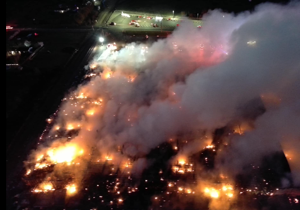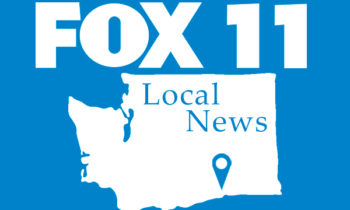
KENNEWICK, Wash. – If you can get out on the trails and enjoy nature and take some extra time to appreciate those native plants. According to the Washington State Department of Ecology, those plants provide for wildlife around the area. Native plants aren’t just beautiful but extremely important to the ecosystem here. Pollinators and other animals rely on these plants to live.
Jan James, the president of the Friends of the Mid-Columbia River Wildlife Refuges, said these plants have been in the area longer than we have. She said the reality is that there are not enough native plants to support native pollinators in urban areas.
“Without them, plants can’t reproduce,” said James. So, they’re needed everywhere, in every kind of place, not just for farming but also in your own backyard.”
James says her group is a friends group, and their job is to bring people into areas like the McNary Refuge to raise awareness of the importance of plants and pollinators to our local ecosystem with a message of conservation.
James acknowledges the area needs housing but said we must be careful where construction occurs because it’s disrupting corridors for animals and plants.
The group raises awareness of the protection of native plants and the pollinators that keep them alive: bees, birds, bats, and even mosquitoes. All of these factors help plants produce food for our ecosystem.
James said we need bees, not just honey bees. According to James, there are different types of bees, which are not all out to make honey. She said pollinators are the base of the food chain, helping carry more than just pollen.
Plants with pesticides show a growing effect on the pollination process.
“We need to preserve the habitat,” she said. “We need to preserve the habitat for the insects and everything else will follow in that web.”
She’s heard farmers put native plant boundaries around their crops instead of using pesticides. She says some predators eat pests. Her group’s primary goal is the conservation of native plants and wildlife.
James said all the insects in the state play a huge part in keeping these plants around to provide food for the animals in Eastern Washington.



